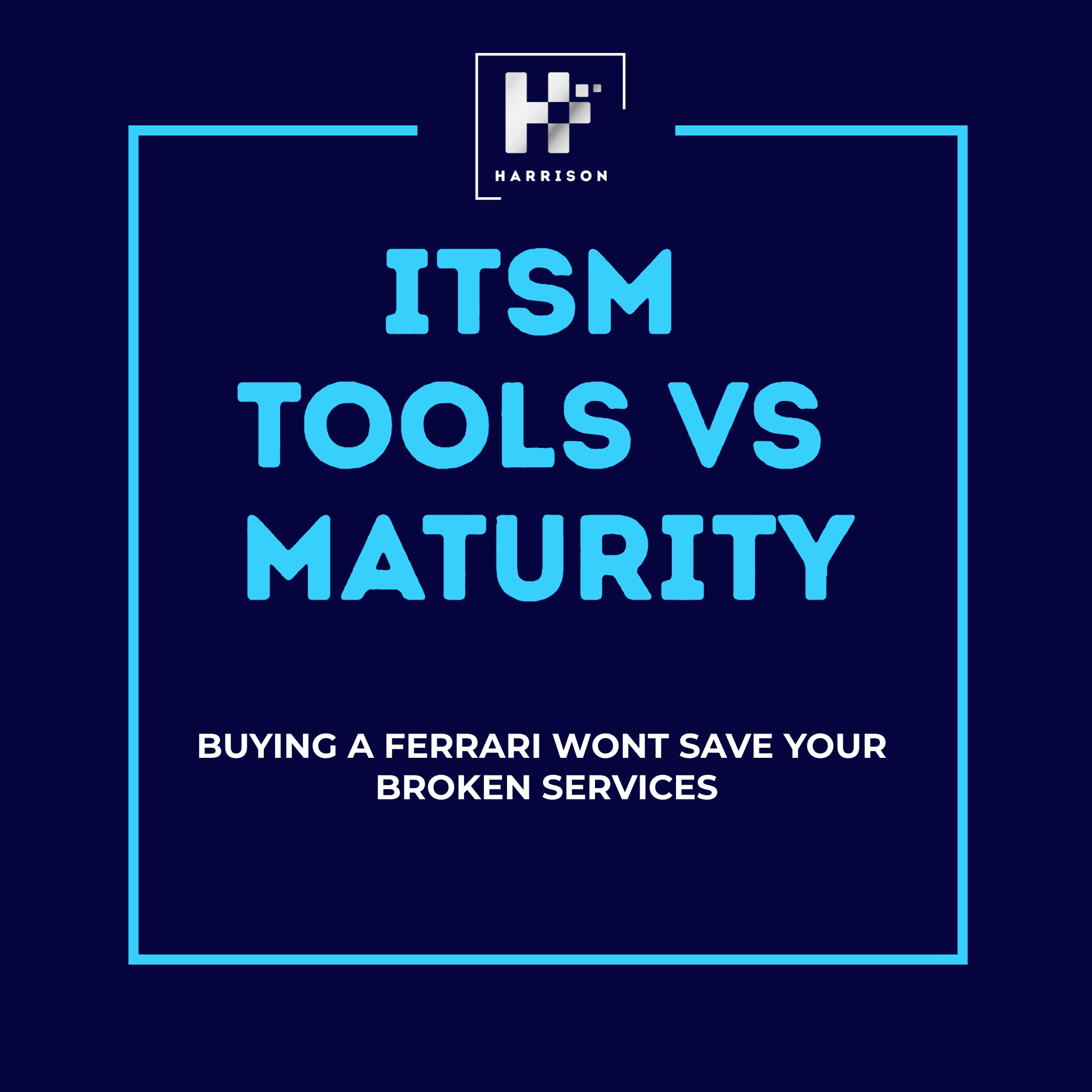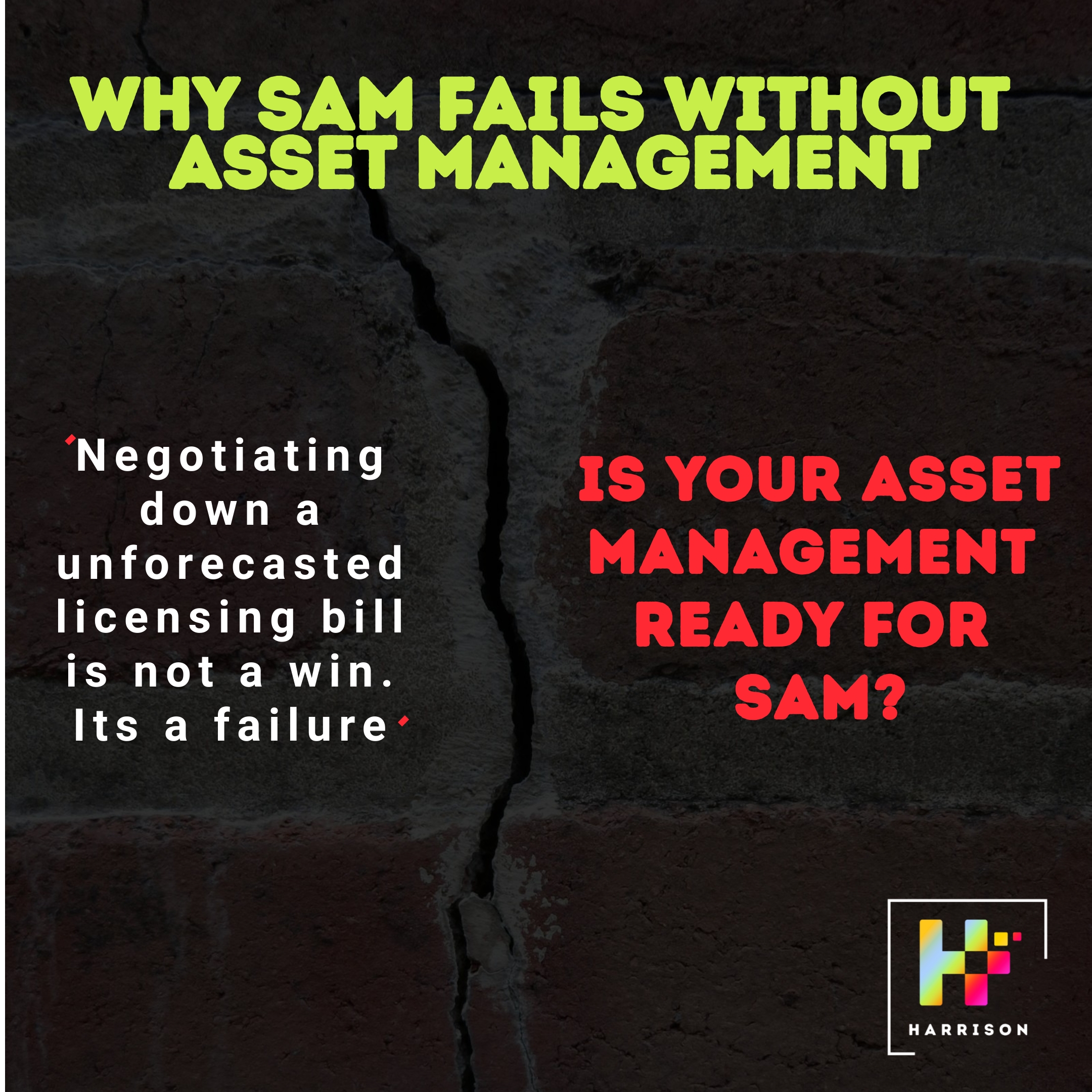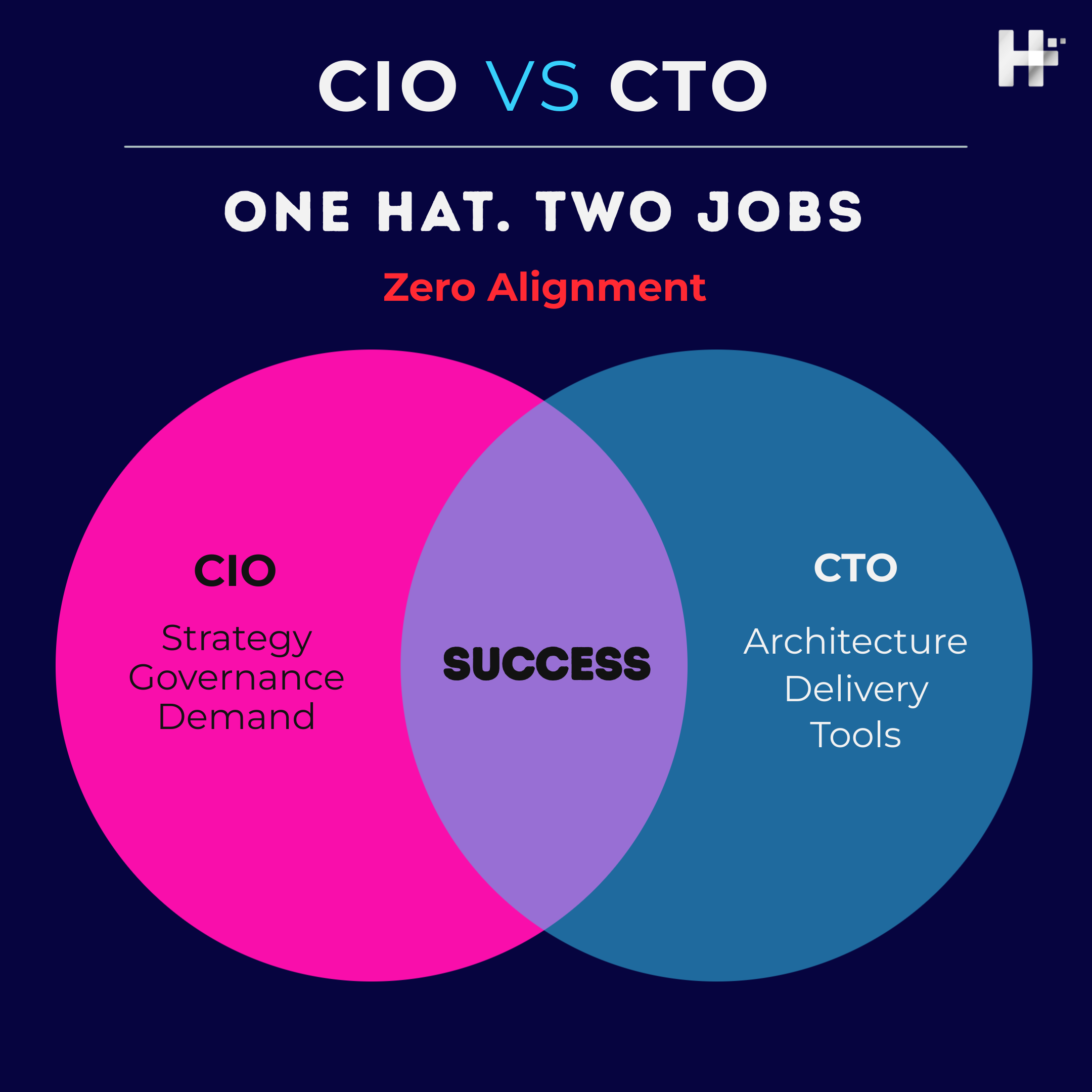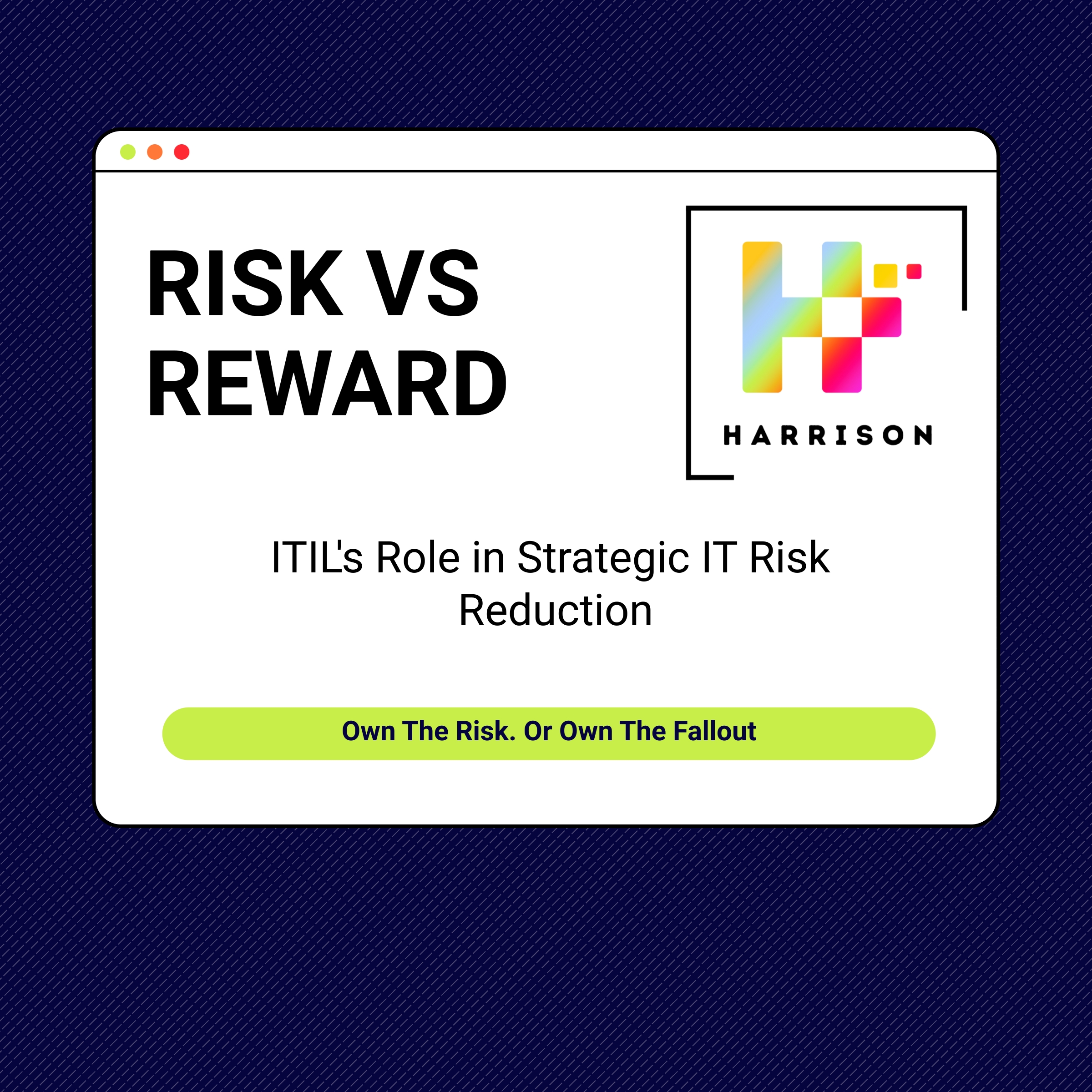Change Enablement – Why ITIL Must Integrate With Agile & DevOps
ITIL Leadership Playbook – Week 7, Blog 1
“If Change Enablement feels like red tape, it’s already failed. Done right, it’s a velocity enabler — not a blocker.”
🚨 Change Isn’t the Problem. Control Without Context Is.
Most organisations treat Change Enablement like airport security:
-
Slow.
-
Bureaucratic.
-
Filled with ritual checks nobody questions anymore.
And just like airport security, everyone tries to game it.
CAB meetings become theatre. Emergency changes are rubber-stamped. Change freezes get ignored.
Meanwhile, Agile teams bypass the process entirely — shipping code from sprint to production via Continuous Integration and Continuous Delivery… and never talking to ITSM.
The result? Two change economies:
-
Fast, fragmented, invisible changes outside ITIL.
-
Slow, bureaucratic, low-trust changes inside it.
That’s not change enablement — that’s change dysfunction.
❌ The Real Risk: Change Without Trust — Or Trust Without Control
Agile, DevOps, and platform engineering have transformed how businesses deliver tech.
But most Change Enablement practices haven’t evolved to meet that reality.
Instead of enabling change, they stifle it.
Or worse — they get bypassed entirely, leaving no visibility, no traceability, and no safety net.
Here’s the hard truth:
“If your change process only works for legacy IT, you’ve just handed your modern delivery teams a licence to ignore it.”
✅ The Good: Change Enablement as a Velocity Engine
Done right, Change Enablement is a high-trust, low-friction control plane for the enterprise.
What that looks like:
-
Risk-based gates: Not all changes are equal — and not all need CAB.
-
Pre-authorised change types with automated approvals via delivery pipelines.
-
Federated change ownership across DevOps, operations, and platform teams.
-
Tight integration with Continuous Integration and Continuous Delivery workflows.
-
Transparent auditability — because compliance doesn’t have to mean bureaucracy.
-
Business-aligned change calendars that reflect real operational demand, not outdated seasonal freezes.
-
Change management becomes the intelligence layer — aggregating federated activity into one cohesive governance view.
This federated model works only when the Change Manager remains accountable for the full picture:
-
Providing assurance to risk, audit, and compliance functions.
-
Aggregating all changes into a unified risk posture.
-
Acting as the escalation and policy owner when federated models drift.
And as maturity increases, smart CIOs ask:
“If we’ve done it more than once, should it now be a standard change?”
They turn repetitive tasks into templated change models, driving velocity without sacrificing safety — embedding a continual improvement loop right into the change model itself.
❌ The Bad: Change Enablement as a Bureaucratic Bottleneck
Let’s name the dysfunctions:
-
CAB theatre — same people, same rubber-stamping, zero context.
-
Emergency change loopholes — abused until they become the norm.
-
Agile teams bypass change control entirely — no integration, no ownership.
-
No automation — approvals rely on manual emails and service desk tickets.
-
No insight into failed changes — or they’re buried in incident data.
-
No standard definitions — what qualifies as a “standard” or “normal” change varies wildly.
-
Change freezes that punish everyone equally — regardless of risk or velocity.
This is where change becomes a drag force — not a control mechanism.
🧠 CIO WAR CHEST: Questions That Disrupt the Status Quo
Time to cut through the ceremony and get to the truth.
-
What percentage of changes bypass formal change control — and who authorised that model?
-
Ask: DevOps Lead, Change Manager, InfoSec
-
Data: Continuous Delivery pipeline logs vs logged changes in ITSM
-
-
How many of our change types are automated — and which still require manual CAB review?
-
Ask: ITSM Tooling Lead
-
Data: Change model configuration, CAB review frequency by type
-
-
What’s our failed change rate — and how often do we roll back in live environments?
-
Ask: Change Manager, Ops Lead
-
Data: Linked incidents to change records, rollback logs
-
-
What’s the average lead time for a low-risk change to go from request to deployment?
-
Ask: Release Manager, DevOps Lead
-
Data: End-to-end change cycle time by risk classification
-
-
How are we aggregating federated changes for enterprise governance and assurance?
-
Ask: Change Manager
-
Data: Weekly/monthly change assurance packs, exceptions flagged to audit
-
-
How often do we review repeat change activity and promote it into standard change templates?
-
Ask: CSI Lead, Change Manager
-
Data: Top 20 recurring changes, standardisation opportunities
-
🧨 The Hard Truths for CIOs
-
If your change control process isn’t visible to DevOps, it’s irrelevant.
-
If your CAB still meets weekly, you’ve already lost velocity.
-
If emergency change is your fastest route to production — you’re incentivising risk.
-
If your failed change data isn’t reviewed weekly, you’re flying blind.
-
If federated models aren’t aggregated, you’ve sacrificed governance for speed.
-
If you’re not harvesting standard changes from repetition, you’re bleeding time.
🎯 What Great Looks Like
CIOs who lead well here:
-
Dismantle legacy CABs and replace them with federated risk-based governance.
-
Integrate change controls into the fabric of Continuous Integration and Continuous Delivery.
-
Maintain central oversight with decentralised execution.
-
Use automation for control, not just speed.
-
Turn repetition into scalable change templates.
-
Tie failed changes to business impact and continual improvement.
🛠 How We Help
We help CIOs re-engineer Change Enablement to fit modern delivery realities:
-
We map delivery pipelines to ITSM processes.
-
We integrate change controls into automation.
-
We rebuild CAB into strategic governance — not tactical rubber-stamping.
-
We make change metrics actionable, not ornamental.
-
We embed federated models with central oversight and assurance.
👉 Get help transforming Change Enablement into a strategic lever for speed and safety.
🔜 Next Up: Finance, Strategy & Control
Coming up next:
Blog 14: Financial Management – The Most Underrated CIO Lever
We’ll tackle how CIOs can get on the front foot with IT finance — controlling cloud sprawl, aligning costs to services, and making spend visible to the board.
Follow us
Latest articles
January 3, 2026
January 3, 2026
January 3, 2026
January 3, 2026
January 3, 2026
January 3, 2026








